By Howard Platt from the September 2010 Edition
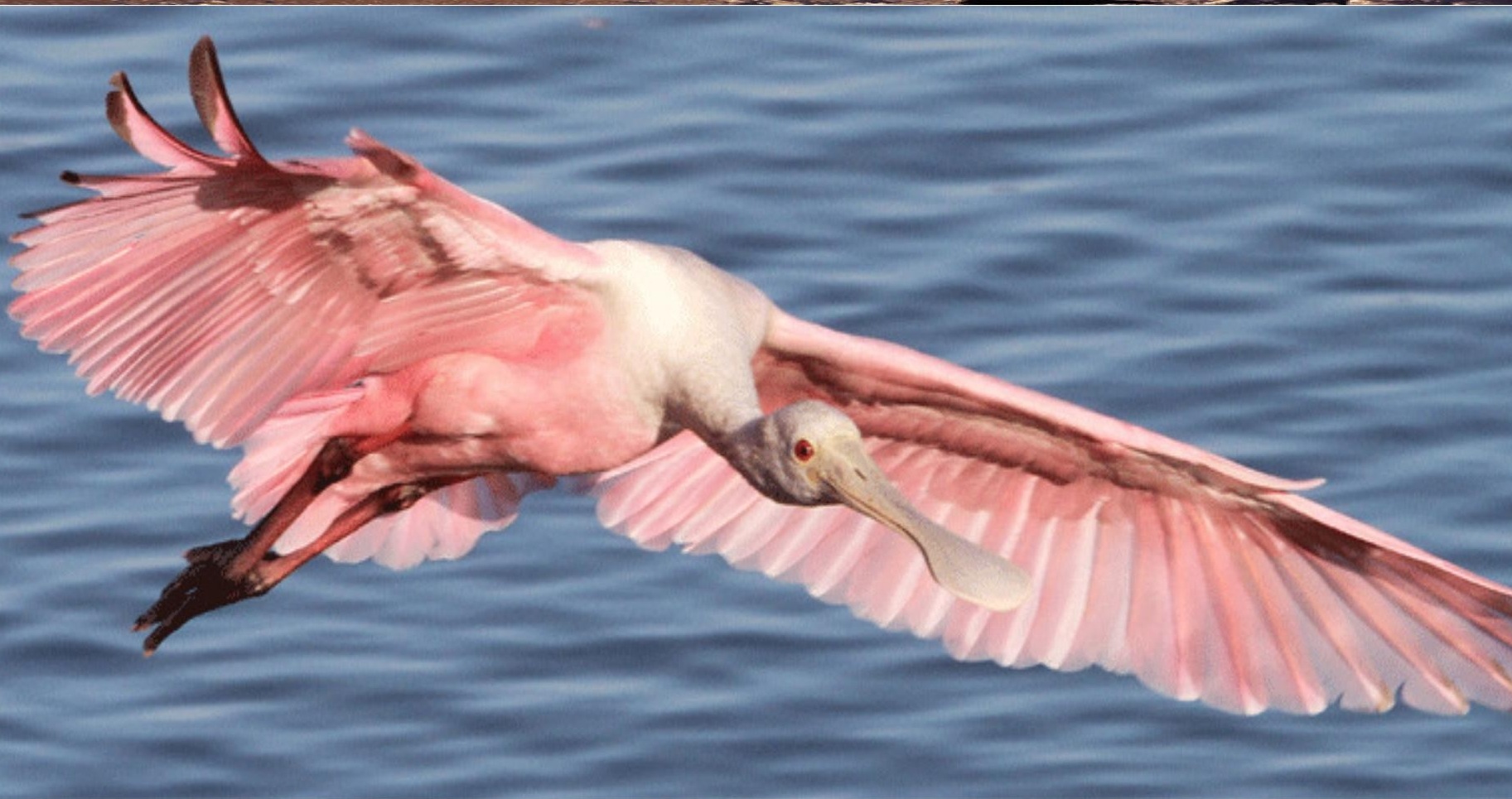
Roseate spoonbills bring a splash of colour to varied greens of the mangroves, so it is hard not to notice them. You will see them in the shallow waters of lagoons, moving slowly forward while they 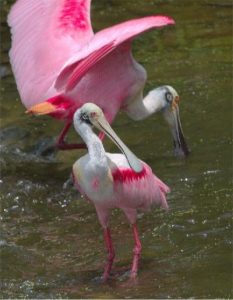 swing their heads from side to side in a wide arc. Their trademark spoon-shaped bill will be a little open and dipped deeply into the water. You may notice that the holes for their nose are set very high on the beak, allowing them to breathe while their beak is knee deep in the muddy water.
swing their heads from side to side in a wide arc. Their trademark spoon-shaped bill will be a little open and dipped deeply into the water. You may notice that the holes for their nose are set very high on the beak, allowing them to breathe while their beak is knee deep in the muddy water.
The spoonbill usually cannot see its food. No matter, the inside of the bill is very sensitive to touch – very like our fingertips. As they sweep from side to side currents are set up that draws small fish and crustaceans up fro the bottom to be caught in the next sweep of the beak. As soon as they feel something, the bill snaps shut and they have trapped whatever it is – usually a tasty shrimp or other crustacean.
Young spoonbills are almost completely white, and their bills are very similar to those of young white ibis, to which they are related. As they age the spoonbills turn from white to pink with yellow trimming, and the ibis turn from brown to white with black wingtips. You will often see the two fishing together, along with the snowy ibis, egret and cormorants – so often I regard them as the three amigos.
The spoonbill is a gregarious bird. They nest in colonies, and not only with lots of other spoonbills but also with that there is safety in numbers, though if did not serve them well when egrets, and spoonbills, were hunted for their feathers. Sadly for the hunters, the colour in the feathers fades quickly. Happily for the spoonbills, hunting has been outlawed in many countries, and attempts are being made to restrain the next great threat to them – loss of habitat.
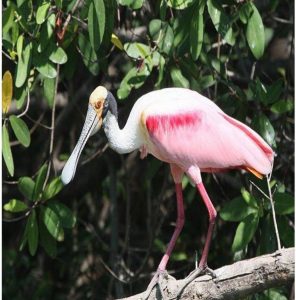 The scientific papers tell me the same story my mother used to give me. You are what you eat. Spoonbills eat lots of shrimp, when they can, (rather like my wife who loves camarones) and the scientists say the pink colour comes from the algae that the shrimps have eaten. I have not noticed my wife glowing pink, but maybe it just takes more time, and the story does not explain to my satisfaction why the spoonbill tail goes bright orange instead of pink. So much more to learn!
The scientific papers tell me the same story my mother used to give me. You are what you eat. Spoonbills eat lots of shrimp, when they can, (rather like my wife who loves camarones) and the scientists say the pink colour comes from the algae that the shrimps have eaten. I have not noticed my wife glowing pink, but maybe it just takes more time, and the story does not explain to my satisfaction why the spoonbill tail goes bright orange instead of pink. So much more to learn!
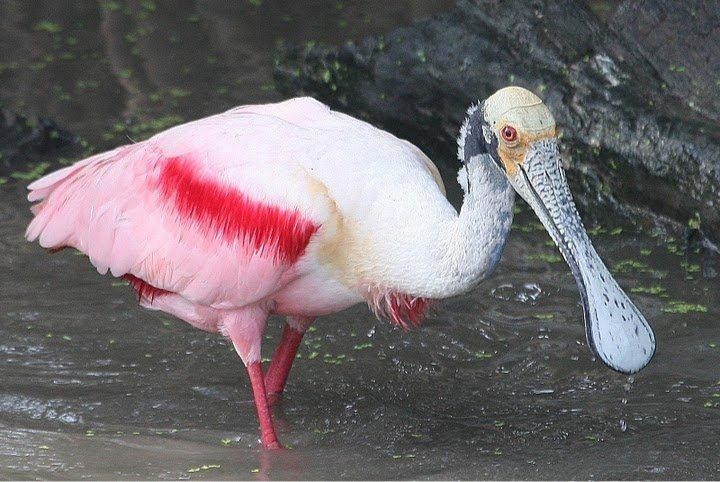
Download the full edition or view it online


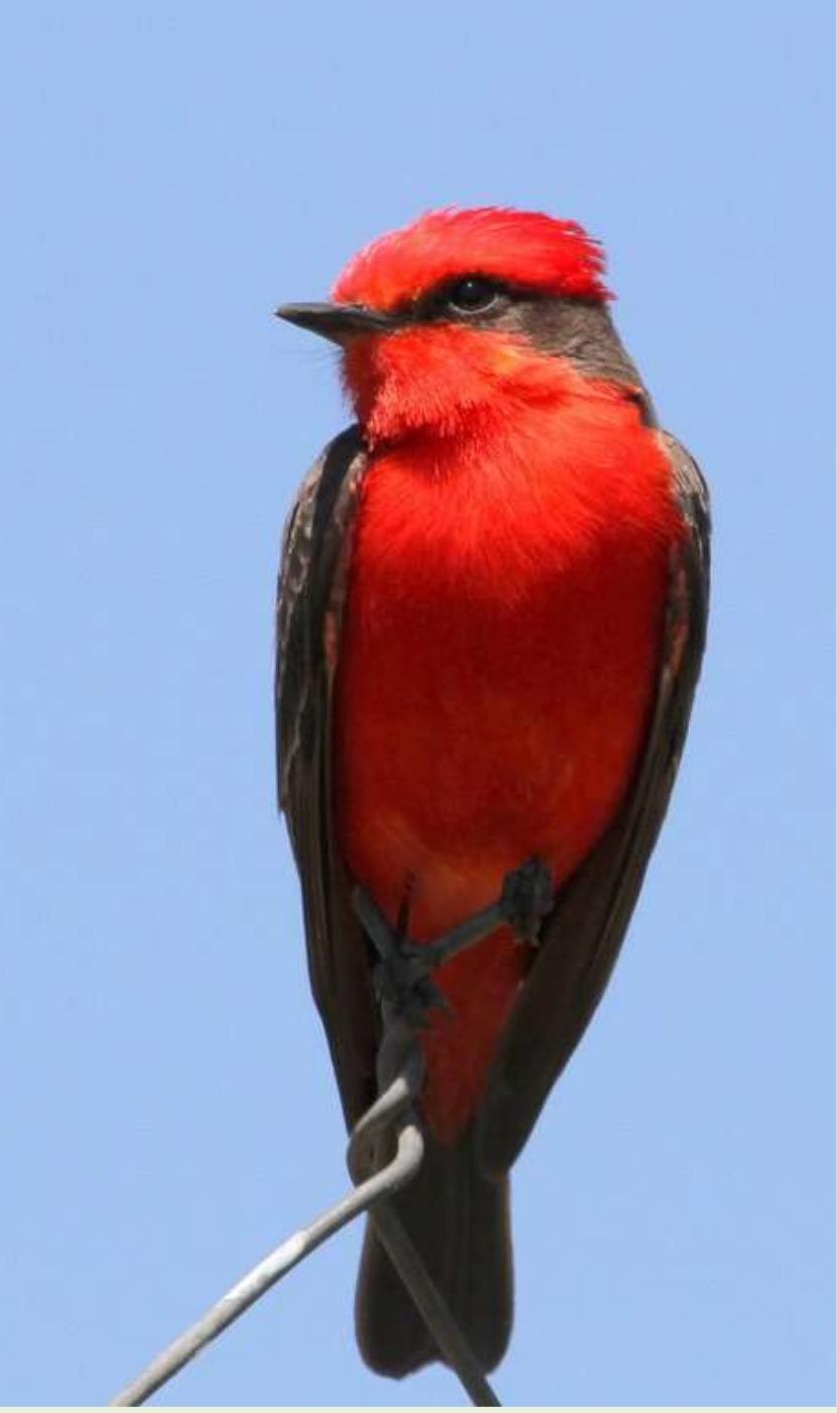
You must be logged in to post a comment.